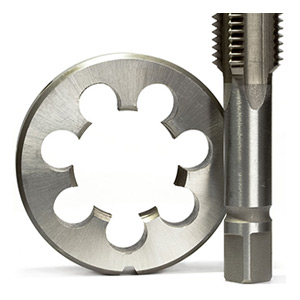
Sep . 21, 2024 17:30
Back to list
safety relief valve
Understanding Safety Relief Valves Essential Components for Pressure Management
Safety relief valves (SRVs) are critical components in various industrial processes, ensuring safety and efficiency in operations. These devices are designed to protect equipment and personnel from overpressure conditions that can lead to catastrophic failures. By releasing excess pressure from vessels, pipelines, or systems, SRVs play a vital role in maintaining operational integrity.
An SRV operates by automatically venting pressure when it exceeds preset limits. This functionality is essential in industries such as oil and gas, chemical manufacturing, and power generation, where high-pressure systems are commonplace. When a system experiences an increase in pressure beyond its designed capacity—due to factors like thermal expansion or reactive chemical processes—the SRV activates to divert excess pressure, preventing potential explosions or structural failures.
The construction of a safety relief valve typically includes a valve body, a spring mechanism, and a sealing element. The spring exerts a predetermined force that holds the valve closed under normal operating conditions. When the pressure rises to a critical level, it overcomes the spring tension, causing the valve to open. This quick response is crucial in averting dangerous situations.
safety relief valve

One of the key advantages of SRVs is their ability to function without external power sources. They rely on the inherent pressure of the system, which makes them highly reliable in emergency situations. This independence from electricity or other utilities is especially important in remote locations or during power outages, ensuring that pressure relief can occur when it is needed most.
It is also important to highlight the significance of regular maintenance and testing of safety relief valves. Over time, factors such as corrosion, erosion, and mechanical wear can affect their performance. Routine inspections help in identifying potential issues before they become critical, ensuring that the valves operate correctly when called upon. Industry standards often dictate specific testing intervals, depending on the application and environmental factors.
Furthermore, selecting the appropriate SRV for a specific application is vital. Factors such as the type of fluid, operating pressure, and required discharge capacity must be considered during the selection process. Proper sizing ensures that the valve can handle the peak flow rates and pressure fluctuations while maintaining safety.
In conclusion, safety relief valves are indispensable for pressure management in various industries. By automatically relieving excess pressure, they protect both equipment and human life from the dangers of overpressure situations. Regular maintenance, appropriate selection, and understanding their operation are essential for maximizing the effectiveness of these safety devices, ultimately contributing to safer industrial environments.
Next:
Latest news
-
Safety Valve Spring-Loaded Design Overpressure ProtectionNewsJul.25,2025
-
Precision Voltage Regulator AC5 Accuracy Grade PerformanceNewsJul.25,2025
-
Natural Gas Pressure Regulating Skid Industrial Pipeline ApplicationsNewsJul.25,2025
-
Natural Gas Filter Stainless Steel Mesh Element DesignNewsJul.25,2025
-
Gas Pressure Regulator Valve Direct-Acting Spring-Loaded DesignNewsJul.25,2025
-
Decompression Equipment Multi-Stage Heat Exchange System DesignNewsJul.25,2025

